A fabric woven with a plain weave structure is woven by interweaving warp and weft yarns every other thread. Plain fabrics form parallel patterns by interweaving warp and weft yarns during the textile process. The characteristic of plain fabric is that it has many interweaving points, a firm texture, a flat surface, and the appearance effect of both sides is the same. It is relatively light and thin, and has good breathability. The plain structure determines its low density and rough texture. Generally speaking, plain fabric prices are relatively low.
Simply put, plain fabrics have many interwoven points, a firm texture, a smooth surface, and the appearance of both sides is the same. They are relatively lightweight and have good breathability. The plain structure determines its lower density. Generally speaking, plain fabric prices are relatively low.
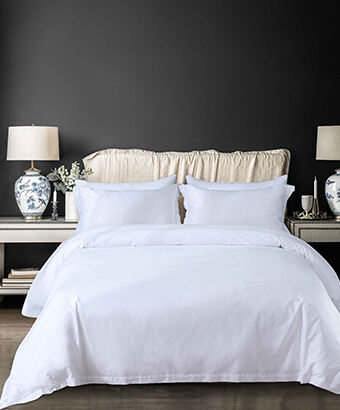
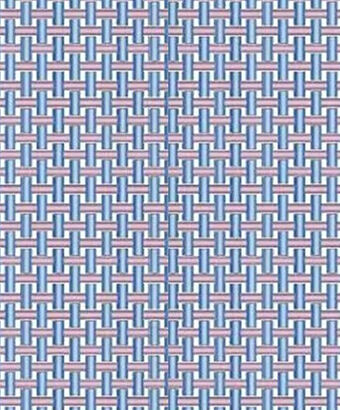
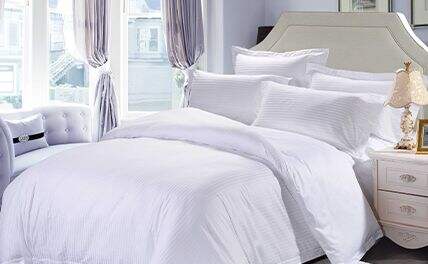
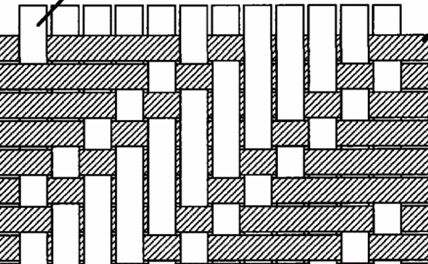
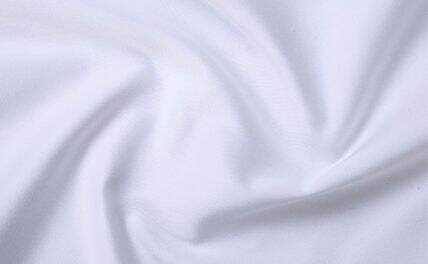
Striped fabric is a fabric that forms a striped pattern by applying two or more structural changes to the surface of the fabric. Striped fabric is generally based on plain weave (ground weave). The pattern of striped fabric is more delicate and delicate than that of jacquard fabric. Striped fabric belongs to small jacquard fabric and is woven by a multi arm loom.
Jacquard fabric is a large patterned fabric woven by a jacquard machine,with a complete pattern of warp yarns ranging from a few hundred to several thousand. Jacquard fabrics are often based on one type of fabric (ground weave),while other or several different weaves are used to display pattern patterns on them,such as plain weave or satin pattern. Sometimes different colors of warp and weft yarns can be used to create a colorful pattern on the fabric. Various styles of jacquard fabrics can also be made by using different types of fibers,yarn counts,and warp and weft densities.
A fabric woven with a sateen weave structure requires at least three interlaced warp and weft yarns during the weaving process,and at least five interlaced warp/weft yarns to form a complete sateen weave; The warp and weft yarns form separate and disconnected warp and weft weave points in the fabric.
A fabric woven with a twill weave structure,in which the warp and weft yarns are interlaced at least once every two yarns during the weaving process,i.e. 2 up and 1 down or 3 up and 1 down; The interweaving of warp and weft yarns forms oblique patterns,and the weaving method is to increase the interlacing points of warp and weft,which are continuous and change the fabric structure layout. The number of interweaving of warp and weft yarns is less than that of plain weave,and the arrangement of yarns is closer,resulting in a tighter and thicker texture than plain weave fabrics. Twill fabric is easier to identify because the interweaving points of warp and weft lines on the fabric surface present a certain angle of diagonal line structure. Its characteristics are divided into front and back,with fewer interweaving points,longer float lines,slightly rough touch,high density,thick product,and strong three-dimensional organization. The number of branches varies from 30,40,to 60. Its characteristics are divided into front and back,with fewer interweaving points,longer float lines,a soft touch,higher density,thicker products,and stronger three-dimensional organization.
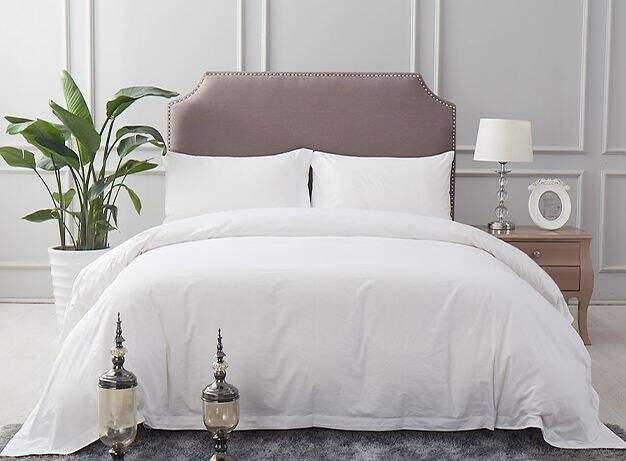
We offer a large selection of bedding made with the latest technology and skilled craftsmanship. Contact our team today for a consultation on a custom design that fully expresses your vision.